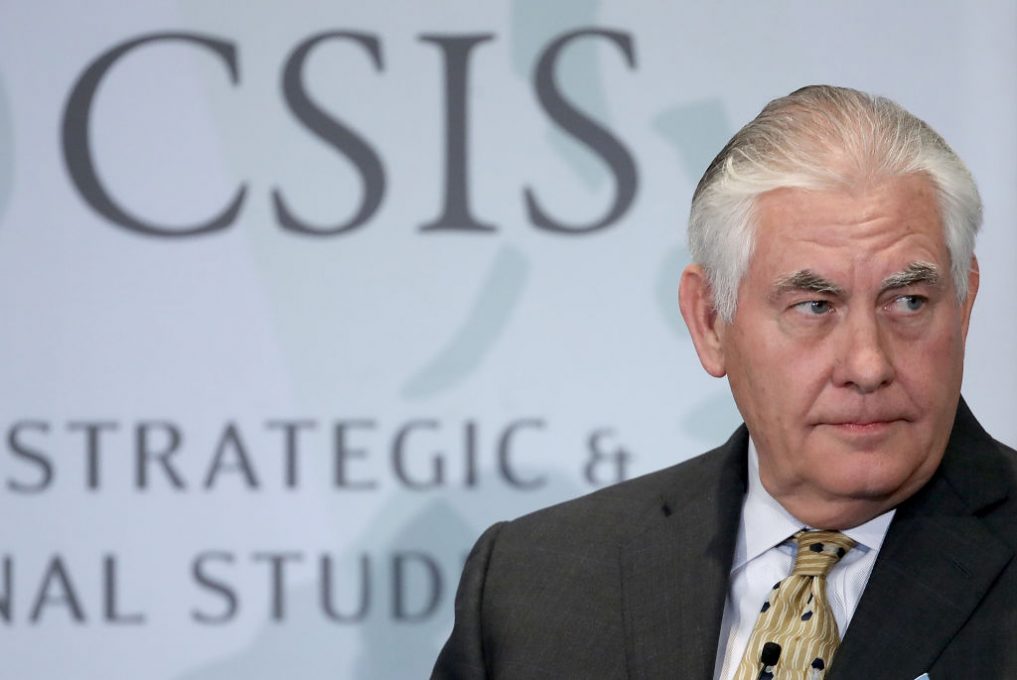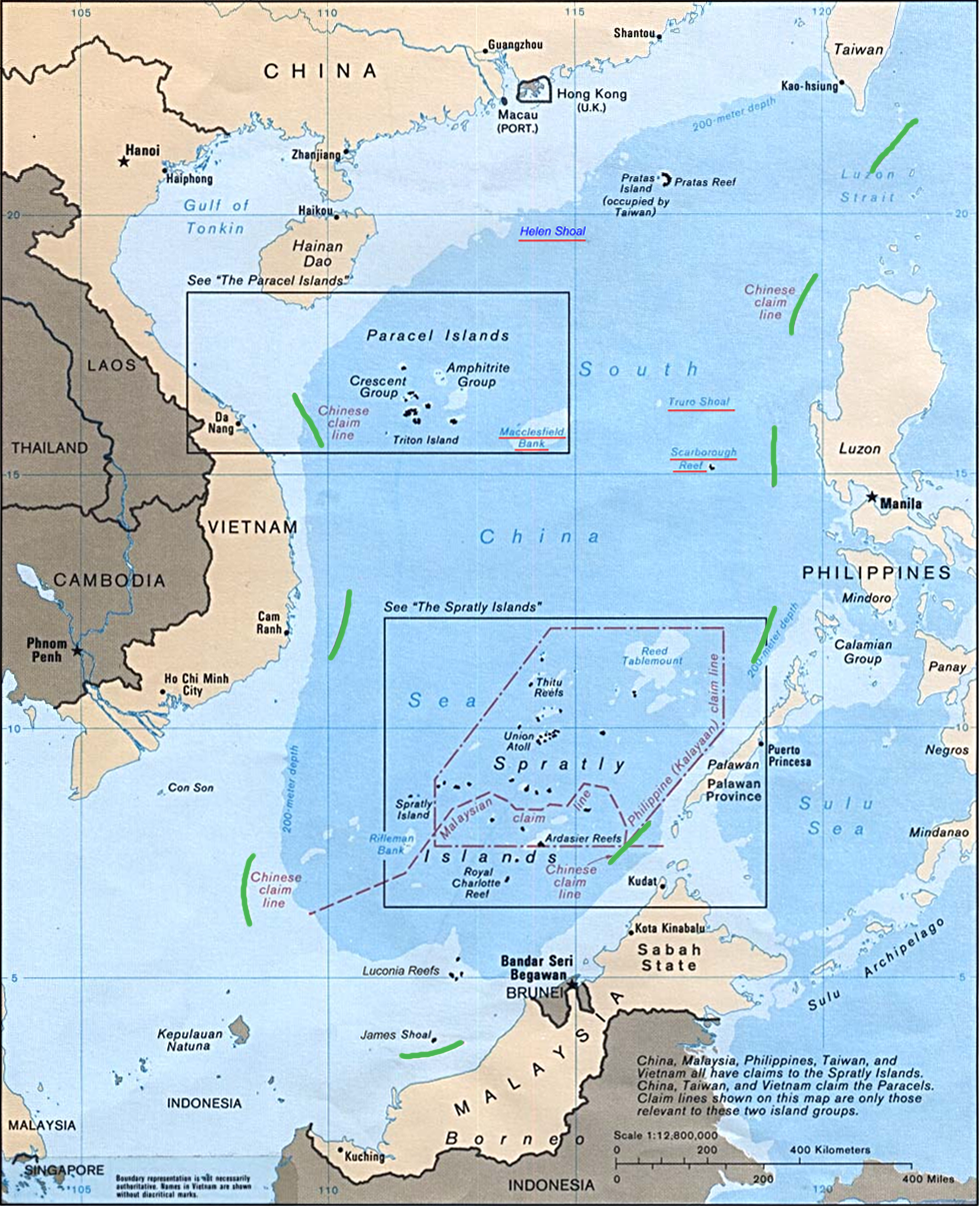Chinese President Xi Jinping is presiding over a meeting of the Chinese Communist Party, called the National Congress. These meetings are held in China every five years. This year it is about crafting a new course for China. The congress opened with a speech delivered by Xi that was designed to fill the people with confidence in a bright future. It did that, and now the congress will proceed for several days, continuing to energize the country. It will not be out of place to remind us little bit of history of Chinese Communist Party and its leaders.
Communism in China has gone through two phases. The first was the Maoist phase, which had three goals which were:
Ending the constant internal warfare that had torn China apart in the pre-communist era.
End the constant foreign intrusions onto Chinese soil.
To create a radically new and egalitarian society.
It succeeded in achieving all three goals, but the price was high. Regional conflict was suppressed by a brutal dictatorship. China in many ways withdrew from interaction with much of the world, and constant waves of assaults on Chinese society were carried out, from the Great Leap Forward to the Great Proletarian Cultural Revolution. Millions died of hunger and political oppression. But Mao had crafted a country that had not existed before. The new China was free of internal struggle and free of foreign imperialism. It was also staggeringly poor and filled with suffering.
When Mao died in 1976, a power struggle ensued. His faction was defeated by Deng Xiaoping, who recognized that Mao had succeeded in what he wanted but had led the country to the edge of disaster. Deng realized that Mao’s radical communism could not go on, and out of necessity he forged a new model for China. Deng understood that china’s problem was poverty and that only production could solve it. But China was too poor to consume what it produced, so it had to sell its products in other countries – the same strategy Germany, Japan and others had used to recover from their wars. China’s advantage was that it had a capable workforce and very low wages, and by opening its borders to trade, China grew rapidly for more than a generation. Deng created a China that unleashed the commercial expertise of its coastal regions and connected them to customers in the United States and Europe, opening borders while keeping a weakened Communist Party in place. . Deng’s strategy of aggressive exports had reintegrated China into the world economy, but it had also made its success heavily dependent on the appetites of other countries. If they stopped buying China would be dealt a stunning blow.
Deng’s reforms created vast regional wealth, but much of the country was left behind. This led to a wealthy China along the coast and an impoverished China in the interior, with an insufficient middle class, unable collectively to consume what China’s overbuilt industry produced. Amid rapid growth, corruption intensified the inequality.
China had entered the international arena but only as an economic power. Its military had developed but was still incapable of asserting and defending its interests.
China could not adopt a Western-style democracy. It needed to retain a one-party system, and that party was the Communist Party. In fact, the Chinese model of development would become a major lever for Chinese global power as poor countries adopted China’s political system to combine a dynamic economy with one-party rule.
Promises of a Bright Future
In his speech, Xi said China’s economic strategy will now emphasize quality over quantity. He highlighted the importance of China’s technological capabilities – their advancement is essential. Most important, he promised to lift from poverty those who had been left behind. Since that includes much of China, this is a huge task. Without high growth rates, the only way to do this is to transfer wealth from affluent regions. This raises two problems. First, the coastal region, which will feel the pain of such social generosity, is sure to resist. Second, shifting capital to consumption raises the question of how to underwrite massive developments in technology. Xi promised to lift everyone out of poverty by 2020.
Xi promised to build a world-class military by 2050. He therefore acknowledged that China doesn’t have a world-class military now and won’t for more than a generation. Creating a world-class military will require immense investment.
Finally, Xi made clear that a single-party dictatorship must remain in place, and likely needs to be strengthened. Of course, what Xi has yet to make clear is whether he will anoint a successor to take his place in five years, or whether the party and Xi should now be seen as synonymous. This is something to watch for as the National Congress continues.
Meanwhile what China is quietly doing in between merits attention. China is quickly growing into the world’s most extensive commercial empire. By way of comparison, after World War II, the Marshall Plan provided the equivalent of $800 billion in reconstruction funds to Europe (if calculated as a percentage of today’s GDP). In the decades after the war the United States was also the world’s largest trading nation, and its largest bilateral lender to others.
Now it’s China’s turn. The scale and scope of the Belt and Road initiative is staggering. Estimates vary, but over $300 billion have already been spent, and China plans to spend $1 trillion more in the next decade or so. According to the CIA, 92 countries counted China as their largest exports or imports partner in 2015, far more than the United States at 57. What’s most astounding is the speed with which China achieved this. While the country was the world’s largest recipient of World Bank and Asian Development Bank loans in the 1980s and 90s, in recent years, China alone loaned more to developing countries than did the World Bank.
Unlike the United States and Europe, China uses aid, trade, and foreign direct investment strategically to build goodwill, expand its political sway and secure the natural resources it needs to grow. Belt and Road is the most impressive example of this In the next decades, China plans to build a thick web of infrastructure around Asia and, through similar initiatives, around the world.
Most of its funding will come in the form of loans, not grants. Chinese state-owned enterprises will also be encouraged to invest. This means, for example, that if Pakistan can’t pay back its loans, China could own many of its coal mines, oil pipelines, and power plants, and thus have enormous leverage over the Pakistani government. In the meantime, China has the rights to operate the Gwadar port for 40 years.
Belt and Road is China’s biggest foreign policy initiative to date, but it’s no Marshall Plan. China is too dependent on its eastern seaboard and the narrow Malacca Strait near Singapore to get goods in and out of its vast territory; for example, over 80 percent of its oil goes through the Strait. So building trade routes through Pakistan and Central Asia makes sense. Belt and Road also helps China invest its huge currency reserves and put its many idling state-owned enterprises to work.
Countries that trade more generally fight less, not just with their trading partners, but with the world in general. In its own way, China is thus helping to uphold international peace. China’s economic impact on the countries it lends to so far seems mixed at best. While the 20 percent or so that China gives in traditional aid does help local economies, most of its largesse comes as loans, which have not been as helpful. Scholars who looked at Chinese investment in Africa 1991 to 2010 found that Chinese assistance does not appear to help economic growth, and that inexpensive Chinese imports often displace African local firms, and thus hurt employment in small enterprises. China usually requires donee countries to use Chinese firms to build roads and ports, and so hasn’t in the past employed local firms or train local workers. In Pakistan, for example, 7,000 Chinese nationals are working on the economic corridor—they bring their own cooks, have separate housing, and don’t interact much with the locals. Relatively few Pakistanis are working on the actual road and rail-building (and thus developing skills)—but Pakistan has deployed nearly 15,000 security personnel to guard the Chinese.
Also, while Chinese loans used to have low interest rates around 2.5 percent, they are now creeping up to near 5 percent or more. This will make them harder to repay. While those who receive Chinese funds are happy to fix their power shortages and improve their roads, they may be mortgaging their futures.
Perhaps the biggest challenge China’s efforts pose to the “liberal international order” is that, in contrast to most Western aid and loans, Belt and Road projects often encourage terrible governance, environmental, and human rights standards, although China’s record on this has improved somewhat over the past few years.
China is often the largest investor in countries that others ostracize—because they are run by dictators, don’t respect human rights, and are corrupt—such as Zimbabwe, North Korea, Niger, Angola, and Burma. Of course, while the U.S. and Europe insist on high standards for their aid projects today, both their companies and governments also had terrible records on human rights and the environment when they ventured to India, Africa, Latin America in the 19th and early 20th centuries.
On worker safety and the environment, when China first ventured abroad, its standards were often abysmal. In some areas, Chinese firms still leave behind a mess of underpaid miners, devastated forests, and ruined rivers. Yet China is learning quickly.
If China’s geoeconomic push continues, it will be its largest legacy and have a profound impact on the world—not necessarily all negative. Since the West doesn’t have $1 trillion to lavish on developing country infrastructure in a new great game, its best choice may be to coopt and shape this juggernaut
Reference : George Friedman, Xi’s Glittering Solutions for China, Oct 20, 2017, · Anja Manuel, China Is Quietly Reshaping the World, The Atlantic,





/arc-anglerfish-arc2-prod-mco.s3.amazonaws.com/public/4MW46AVAD5HMHBTZZ6H3VOTH3Y.jpg)
